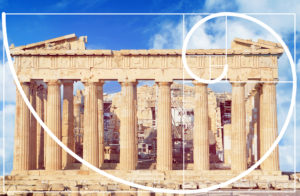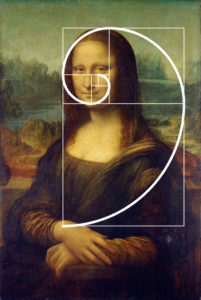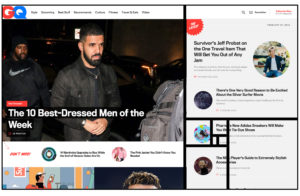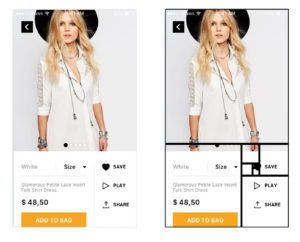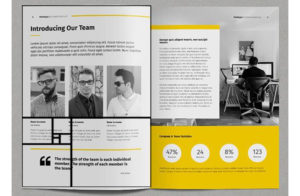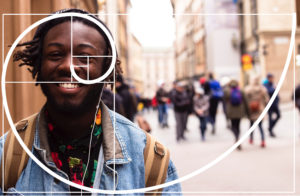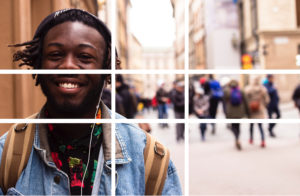Instantly Improve Your Brand Designs With the Golden Ratio
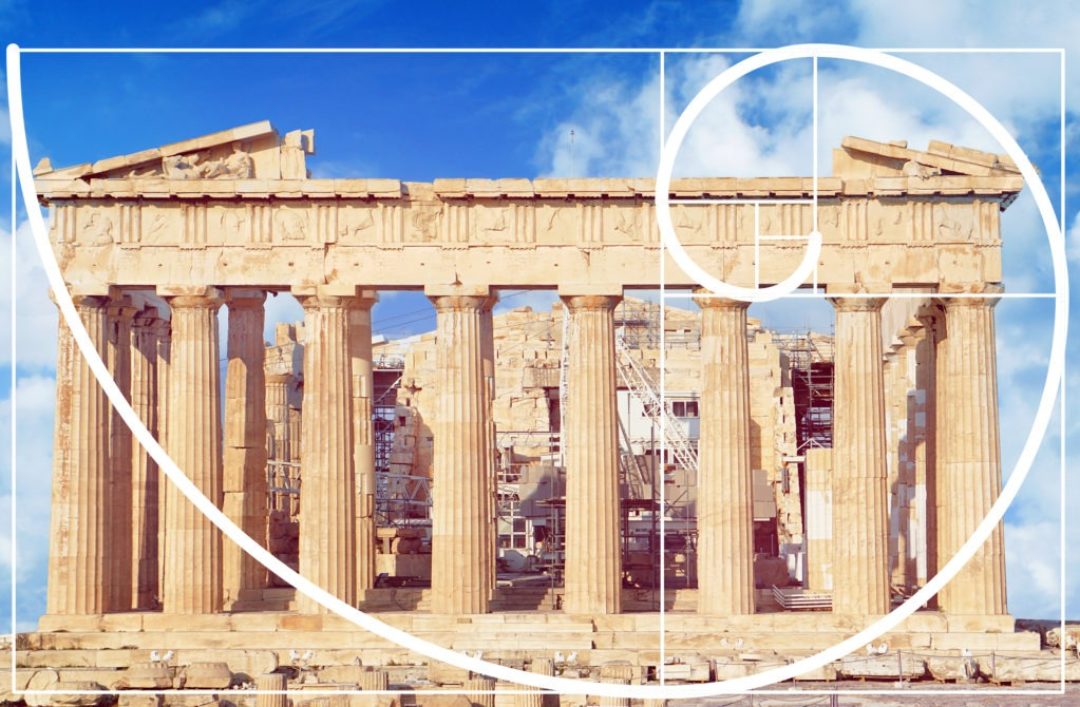
By \ April 11, 2018
You may remember learning about the Golden Ratio in your high school geometry class, but did you know that if you use those proportions (ratio) you can create more harmonious and proportionate marketing assets?
That’s right, designers use math too! And it helps us create better websites, advertisements, social media posts, and more–and can help you too.
Here Comes the Math
Before we can apply the Golden Ratio we need to understand the thinking behind it.
The Golden Ratio is closely related to the Fibonacci Sequence, which is a series of symmetrically related numbers.
The sequence: 1, 1, 2, 3, 5, 8, 13, 21….
The sequence is created by using a pattern where each number is the sum of the previous 2 numbers.
The math: 1+1=2, 1+2=3, 2+3=5, and so on
How does this help us make designs? Well, if you represent the ratio in geometry then you get the Golden Rectangle, which is what all great designers use to structure images and content.
The rectangle is created with a side-length ratio of 1.618 to 1. To create your own rectangle, simply create a shape and divide the height by 1.618. From there, you can create squares within the existing space of the original rectangle you created. This is similar to how the fibonacci sequence is created.
Seems complicated? Don’t fret! We’ve created a Golden Rectangle for you to use. No actual math required. Plop the Golden Rectangle over the image you want to use in Photoshop and simply slide or expand your image until the focal point is in the sweet spot. You’ll instantly start to see improvements to your designs.
How the Golden Ratio Impacts Your Design
The Golden Ratio has been used for centuries in nature, art, architecture, music, and design. Countless classic works prove the Golden Ratio’s value. You may recognize a few of these:
Fortunately, you don’t need to be Da Vinci to create an image using the Golden Ratio. You don’t even need to be an artist–it’s used everywhere in marketing and advertising.
Let me show you!
Golden Ratio & Marketing
Typography
Apply the Fibonacci sequence to typography to create a balanced hierarchy between various elements. For instance, a print piece or internal document could utilize a font size of 8pt for body copy, 13pt for subheadings, and 21pt for the main heading.
Layout
Use the golden rectangle (with the arch removed) as a guide to organizing content that’s easy to scan and more attractive to the viewer. Place the larger more important information within the large curve section and the smaller less important information within the tight arcs on the right.
Photography
Have you ever wondered how photographers capture such great images? One trick professional photographers use is called the “Rule of Thirds.”
The Rule of Thirds isn’t as precise and mathematical as the golden ratio but it works just as well when capturing balanced and captivating.
Basically, the Rule of Thirds works by breaking an image down into thirds, horizontally and vertically, so that you have 9 parts. Similar to the Golden Rule, it makes the photos more pleasing and natural to the eye than something dead centered.
You may find the Rule of Thirds grid activated on your smartphone. If not, you can access the grid in Instagram’s adjustments layer. It’s like they want you to populate the social hub with beautifully balanced compositions.
Put the Golden Ratio to Work
Scary math aside, the Golden Ratio is a great tool to help you create more impactful marketing assets.
Are you ready to make your next masterpiece? Use the frame we provided and put it over your next social media post, promotional piece, or internal document to make it more balanced, natural, and engaging. Proven by math!
For more insight into the design process follow idfive’s newsletter or contact us for a design partnership.

